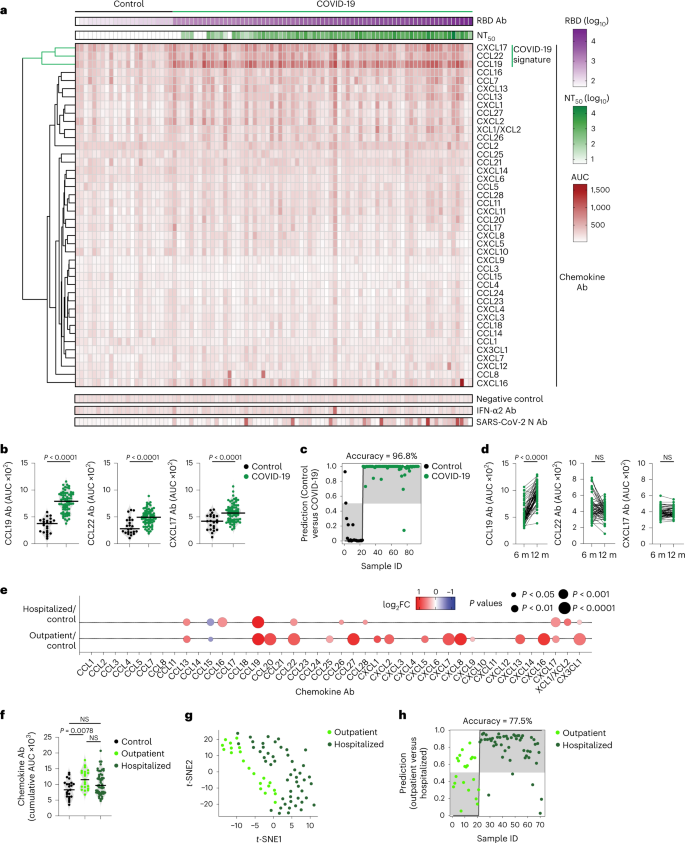2023-04-05 スイス連邦工科大学ローザンヌ校(EPFL)
このモデルは、14,000のニューロンと6百万のシナプスで接続された複雑な形状と生理学的特性を捉え、神経回路の構造と機能の複雑さを探索することができます。
研究の主要な発見の1つは、神経細胞の活動を調節するプロセスである抑制性リバウンドが、特定の周波数で覚醒時の視床応答を強化することであり、視床相互作用が睡眠中に見られるリズミカルな脳波であるスピンドル振動の特徴的なワックスとウェインを生成し、視床細胞の興奮性の変化がこれらのスピンドル振動の周波数と発生を制御することを示しました。
研究は、Cell Reports誌に掲載され、このモデルは、オープンに利用可能であり、研究者が自分自身の研究で使用することができます。
<関連情報>
- https://actu.epfl.ch/news/new-circuit-model-offers-insights-into-brain-fun-2/
- https://www.cell.com/cell-reports/fulltext/S2211-1247(23)00211-5
覚醒と睡眠の生物物理学的体性感覚視床回路モデルにおける感覚処理とスピンドルの視床制御 Thalamic control of sensory processing and spindles in a biophysical somatosensory thalamoreticular circuit model of wakefulness and sleep
Elisabetta Iavarone,Jane Simko,Ying Shi,Marine Bertschy,María García-Amado,Polina Litvak,Anna-Kristin Kaufmann,Christian O’Reilly,Oren Amsalem,Marwan Abdellah,Grigori Chevtchenko,Benoît Coste,Jean-Denis Courcol,András Ecker,Cyrille Favreau,Adrien Christian Fleury,Werner Van Geit,Michael Gevaert,Nadir Román Guerrero,Joni Herttuainen,Genrich Ivaska,Samuel Kerrien,James G. King,Pramod Kumbhar,Patrycja Lurie,Ioannis Magkanaris,Vignayanandam Ravindernath Muddapu,Jayakrishnan Nair,Fernando L. Pereira,Rodrigo Perin,Fabien Petitjean,Rajnish Ranjan,Michael Reimann,Liviu Soltuzu,Mohameth François Sy,M. Anıl Tuncel,Alexander Ulbrich,Matthias Wolf,Francisco Clascá,Henry Markram,Sean L. Hill
Cell Reports Published:March 01, 2023
DOI:https://doi.org/10.1016/j.celrep.2023.112200

Highlights
•A computational model of thalamoreticular microcircuitry is presented and publicly available
•Thalamic inhibitory rebound leads to frequency-specific enhancement of sensory responses
•Interactions within the thalamus produce distinctive waxing and waning of spindle oscillations
•Alterations in thalamic excitability influence frequency and occurrence of spindle oscillations
Summary
Thalamoreticular circuitry plays a key role in arousal, attention, cognition, and sleep spindles, and is linked to several brain disorders. A detailed computational model of mouse somatosensory thalamus and thalamic reticular nucleus has been developed to capture the properties of over 14,000 neurons connected by 6 million synapses. The model recreates the biological connectivity of these neurons, and simulations of the model reproduce multiple experimental findings in different brain states. The model shows that inhibitory rebound produces frequency-selective enhancement of thalamic responses during wakefulness. We find that thalamic interactions are responsible for the characteristic waxing and waning of spindle oscillations. In addition, we find that changes in thalamic excitability control spindle frequency and their incidence. The model is made openly available to provide a new tool for studying the function and dysfunction of the thalamoreticular circuitry in various brain states.

